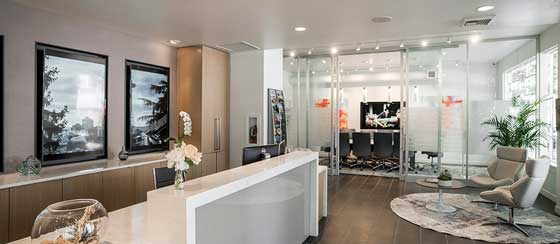In mid-March, the Seattle City Council voted to upzone 27 neighborhoods around the region, and after being signed by Mayor Jenny Durkan, the change is set to take effect on April 19th. Officially known as Mandatory Housing Affordability (MHA), the aim of the measure is to increase affordable housing while allowing for taller single- and multi-family residential buildings in many parts of Seattle. City Officials have said that in all, MHA will provide—at minimum—6,000 new affordable residences for low-income residents in the region.
The new MHA measure comes three years after the Council upzoned six Seattle neighborhoods, which included Downtown Seattle and South Lake Union, Lower Queen Anne, Central Seattle, Chinatown-International District, and the University District. As the City of Seattle outlined in their implementation documents surrounding MHA, 2019 targeted upzoning neighborhoods included those with close proximity to jobs, parks and public transportation. After two years of community engagement efforts, they established the following main objectives:
- Create affordable housing for low-income residents and minimize displacement.
- Allow for home housing options, including family-size housing and homeownership.
- Increase opportunities for people to live near transit, schools, and parks.
- Maintain neighborhood character while accommodating new development.
- Contributing to strategic growth and investments in infrastructure.
MHA provides two options for adhering to affordability requirements: 1) the performance option, which requires that five to eleven percent of the homes in a new multi-family building be offered to low-income residents, or 2) the payment option, which charges developers a fee that ranges between $5.00 and $32.75 per square foot on their project. A statement released by the City of Seattle anticipates that there will be an even balance of selection, with “the goal of half of new projects selecting each.” They also indicate that beginning in September of this year, Mayor Durkan will receive regular reports regarding performance of the program with data that will be leveraged as program changes are considered.
The changes will take place throughout Seattle, but are largely concentrated within urban settings and only impact about 6 percent of the city’s single-family neighborhoods. As Curbed Seattle reports, “most of those single-family zones are going to residential small lot (RSL) zoning, which allows smaller, denser housing, but encourages keeping existing structures and turning them into multifamily housing for the same neighborhood look and feel.” Some of these zones will be designated Low Rise 1, which carries similar height limits to RSL, but can sometimes result in wider building structures.
MHA reaches as far north as Bitter Lake Village, Northgate and Lake City, extending south toward Greenwood-Phinney Ridge, Crown Hill, Ballard and Green Lake, into Wallingford, Fremont, Eastlake, Upper Queen Anne, First Hill and Capitol Hill, down through Beacon Hill, Columbia City, Othello and Rainier Beach. Some areas in West Seattle are also affected, including Admiral, West Seattle Junction, and Morgan Junction, among others. For more on the specific areas, view the City of Seattle’s Interactive Map >> or for more general details, visit the City of Seattle MHA Webpage >>

